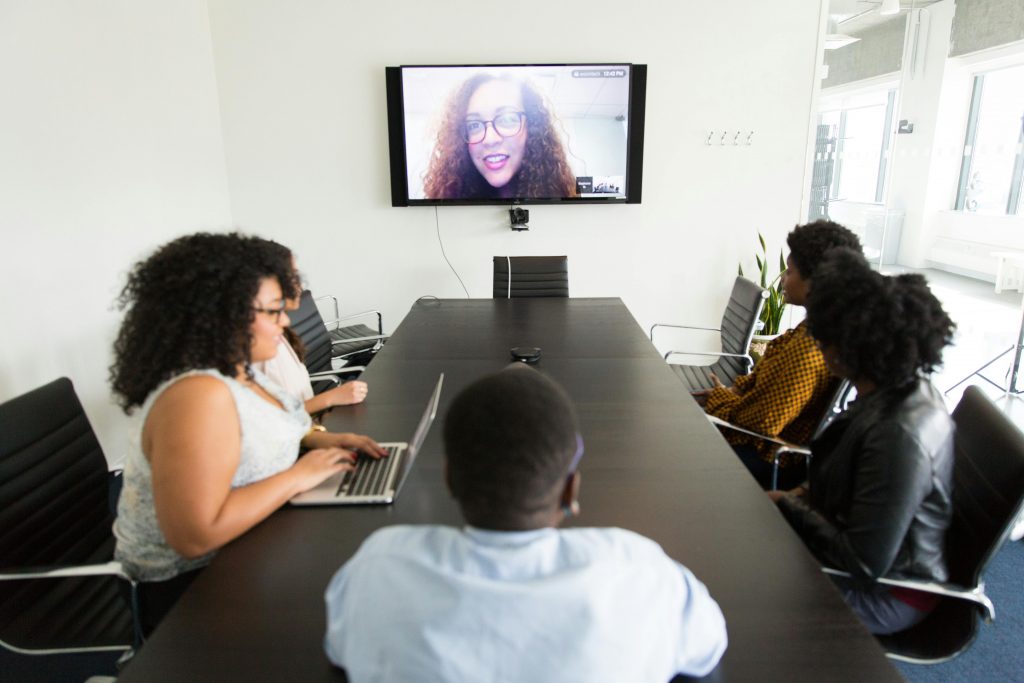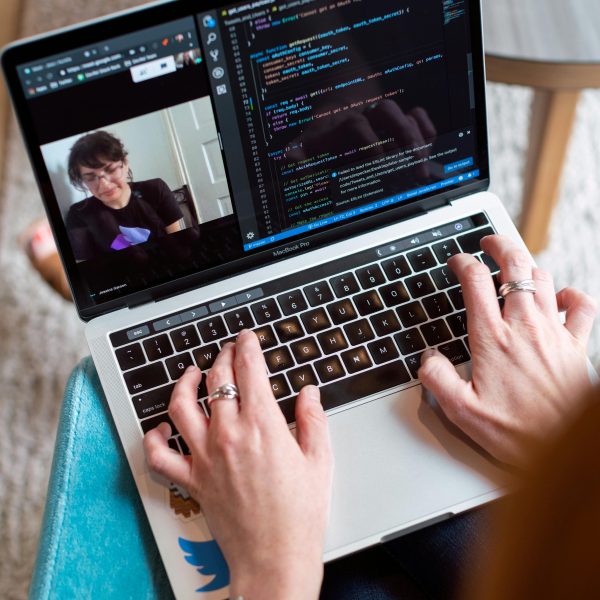Measuring success at work can be straightforward if we look at the outcomes. However, a more complete picture considers two other factors: work productivity and quality. These are measured through key performance indicators. Many factors contribute to work success, including management style, the work environment itself, and the employees. While management and employees are important, our focus today is on effective remote working environment.
Remote work has shifted the concept of work environments, introduced work-life balance, and posed a challenge for management to participate remotely and observe remote team productivity. Today’s article explores how to monitor remote workers, tools and technologies to measure remote worker productivity, and factors to remember while tracking remote workers.
Why Should You Monitor Your Remote Employees?
A lot can contribute to a worker’s life; usually, work environments have secluded spaces in a designated office that allow an employee to detach between work and personal life. However, remote work has brought the comfort of working from home but lessening the detachment from life events.
Remote employee monitoring helps managers understand the work process an employee is going through, how they use their time and resources, how much time they invest, and what is contributing to their success. It creates a work frame that best suits managers and employees for increased remote worker productivity.
Work from home monitoring helps managers create a better dialogue where employees feel empowered to partake in the decision-making of their labor and work efforts.
Tracking remote workers has also led to work-monitoring software, which enables managers to monitor user access, lessening the likelihood of insider threats. The managing performance of remote employees emphasizes the need for an effective workload and process; it highlights areas that need improvement, which can help prevent burnout.
How to Monitor Remote Workers Effectively
Typically, onsite monitoring requires IT teams that can access onsite data and review work and HR teams that examine employee behavior and study their interaction and communication levels. Commonly, most organizations would establish (KPIs) Key Performance Indicators to determine the overall achievement; however, remote work drastically changed the indicators that evaluate remote team productivity and effectiveness.
Managers had to customize KPIs to adapt to the distinct requirements of remote work settings, emphasizing that the measurement of productivity is the final product and the process resulting in it.
To initiate a good KPI system, managers first had to form a clear concept of what constitutes remote job success for employees within the company; this meant most organizations had to drop quantitative metrics. Managers could no longer measure remote workforce productivity by work hours. The result was a qualitative, output-based measurement focused on project completion rates, milestones, and customer satisfaction ratings.
To measure remote employee productivity, the standard KPI centered on self-management, employee engagement, and a culture of work responsibility.
This meant that the true key measure of productivity was not “balance behavior” but output-based measurements, which focus on the procedures an employee uses to accomplish work instead of focusing on work output, AKA work hours. This shift fostered a healthy work environment that allowed employees to thrive in teamwork, creativity, and adherence to corporate values.
To help managers learn how to monitor employees working from home, we put together three components that help businesses ensure the volume and quality of work produced.
Setting Clear Expectations
Using Monitoring Tools
Employers should use Business Management tools to help facilitate and organize a business’s workflow. Such tools will help employees track workload, meet deadlines, and manage tasks. They inevitably foster transparency and allow everyone to communicate effectively and in real time. These tools are instrumental in remote employee monitoring, providing managers with real-time data on task completion and work hours.
Regular Check-Ins
There are several possible check-ins.
- One-on-One Meetings: Managers should address employees individually to discuss progress, address obstacles, and provide feedback.
- Team Meetings: Schedule regular meetings to foster collaboration, exchange information, and maintain a sense of connection.
- Performance Reviews: Set regular performance review meetings to assess achievements and goals and discuss possible growth opportunities.
Tools and Technologies for Remote Workforce Productivity
 Managing the performance and interview of remote employees requires fostering a culture of trust, open communication, and flexibility. Employers must equip employees with the necessary skills and tools to maximize their effectiveness for the best outcome.
Managing the performance and interview of remote employees requires fostering a culture of trust, open communication, and flexibility. Employers must equip employees with the necessary skills and tools to maximize their effectiveness for the best outcome.
Time Tracking Software
Employers should consider time management systems and employee time-tracking software that allow employers to determine working hours spent on each task, which is helpful, especially for salary purposes and efficiency. They also help employers gain insights into work habits, identify work gaps, and automate payroll processing with timesheet data.
Project Management Platforms
Remote work can hinder communication and collaboration; however, platforms can centralize task files and facilitate discussions while providing a log of data and information. Popular platforms such as Asana and Trello help employees assign tasks, set deadlines, and track progress.
Platforms ensure that everyone stays accountable and meets goals. Team members and managers can monitor the project and understand how each employee contributes to tasks. It ultimately increases transparency and a sense of ownership and reduces confusion.
Communication Apps
As remote workers may live in different geographical locations, communication may be hindered; however, communication apps solve that issue by allowing borderless communication. Apps like Slack, Zoom, and Microsoft Teams allow employees to share files, make calls, and set reminders.
Things to Remember While Monitoring Remote Employees
It’s important to remember that the key to remote worker productivity lies in remote workforce productivity. This is only possible through effective communication and proper work from home monitoring strategies. Here’s what to keep in mind:
Respect Privacy
Employers should establish a written policy that details what, why, when, and how employees are monitored. Employees should be able to find how the data is used and how long it is stored within the document.
State that company-issued devices are for work purposes and do not monitor personal devices or activities. It’s important to remain flexible and discuss terms with teams to build trust and avoid surprises. Ensure all monitoring tools and collected data are secure and comply with data privacy laws.
Focus on Outcomes
Avert micromanagement, intrusive monitoring like screenshots or webcam checks, and continuous follow-ups instead set regular feedback times and monitor results.
Be Transparent
Utilize project management platforms and time-tracking software to provide visibility into project progress and task completion; this allows team members and management to be on the same page, sharing accountability.
Focus on results, not activity; sometimes, the key lies in a manager who can monitor several tasks and effectively delegate.
Effective remote employee performance management requires adaptability. It is a matter of ongoing education, dedication, and prioritization.







